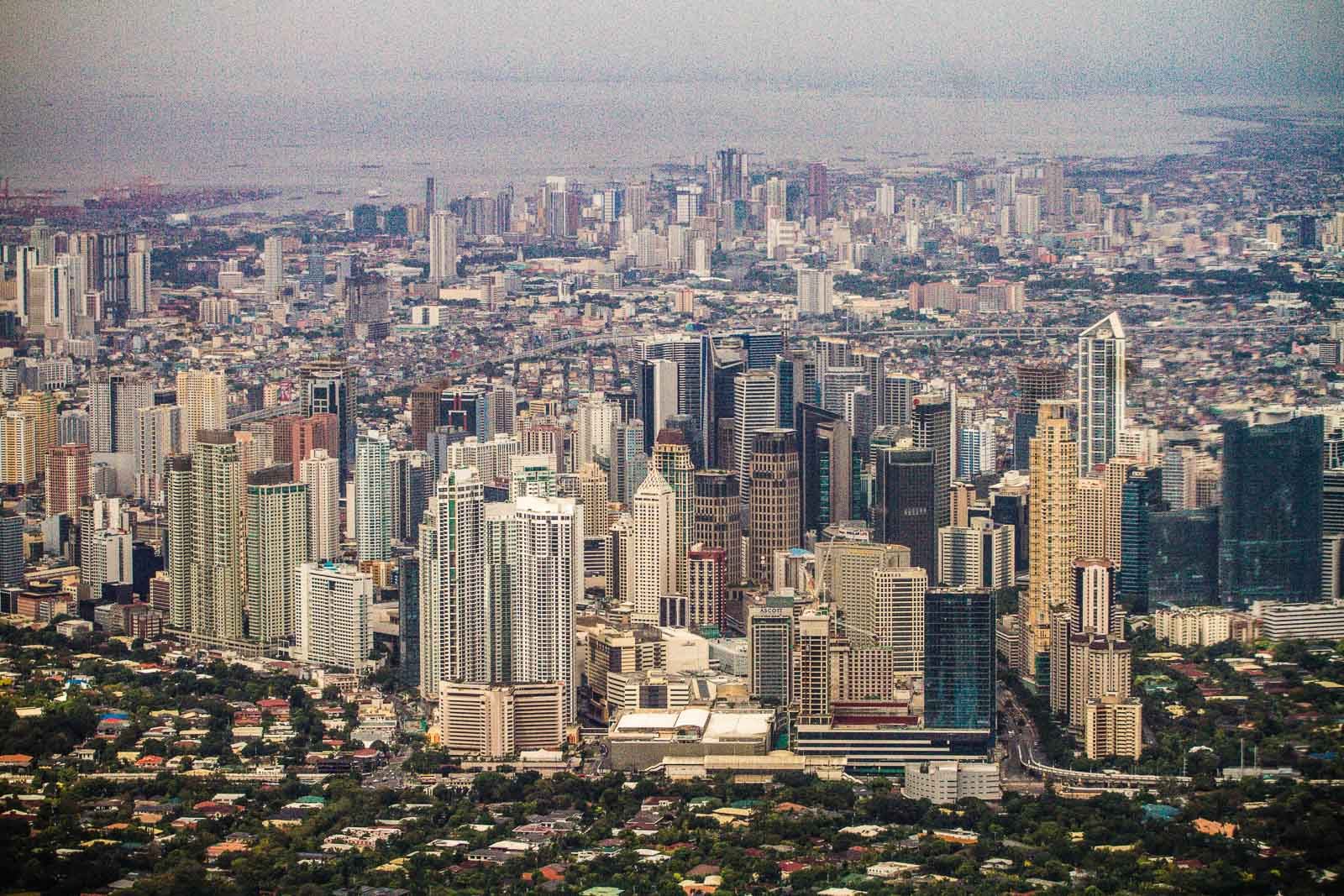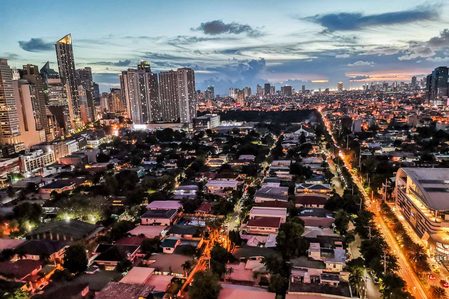SUMMARY
This is AI generated summarization, which may have errors. For context, always refer to the full article.

MANILA, Philippines– The Asian Development Bank (ADB) lowered its growth forecasts for the Philippines in 2023 amid high inflation and global headwinds.
On Wednesday, September 20, ADB said it expects the Philippines’ gross domestic product (GDP) to grow by 5.7% in 2023, lower than the 6% projection initially disclosed last April.
Meanwhile, the multilateral lender retained its GDP growth forecast of 6.2% in 2024, citing household consumption and public spending on infrastructure and social services contributing to economic expansion.

“The Philippines’ growth story remains strong despite an expected moderation in 2023. Public investment and private spending fueled by low unemployment rate, sustained increase in remittances from Filipinos overseas, and buoyant services including tourism will support growth,” said ADB Philippines country director Pavit Ramachandran.
President Ferdinand Marcos Jr.’s economic managers earlier aimed for GDP to grow between 6% to 7% in 2023 and 6.5% to 8% in 2024.
In the second quarter, GDP posted a slower-than-expected growth of 4.3%. For the first two quarters of the year, GDP growth is at 5.3%.
To achieve the target growth rate of 6% to 7% for the year, the country’s GDP needs to grow by at least 6.6% in the second half of 2023.
Inflation spoiler
ADB maintained its projection of inflation hitting an average of 6.2% in 2023 and 4% in 2024. The ADB, however, noted possible severe weather disturbances including El Niño, pressures from elevated global commodity prices, and second round effects from higher transport fares and minimum wage hikes could slow the pace of inflation easing.
From January to August, the average inflation rate is at 6.6%, above than the government’s target band of 2% to 4%.
Downside risks also come from global headwinds such as geopolitical tensions and a sharper-than-expected slowdown in major advanced economies, according to ADB.
ADB said the Philippines’ “strong growth” in services output, higher tourism-related receipts, sustained remittances, and strong service exports, will help lift the current account and offset weak merchandise exports. – Rappler.com
Add a comment
How does this make you feel?

![[EDITORIAL] Apat na taon na lang Ginoong Marcos, ‘di na puwede ang papetiks-petiks](https://www.rappler.com/tachyon/2024/07/animated-bongbong-marcos-2024-sona-day-carousel.jpg?resize=257%2C257&crop=280px%2C0px%2C720px%2C720px)
![[In This Economy] Delulunomics: Kailan magiging upper-middle income country ang Pilipinas?](https://www.rappler.com/tachyon/2024/07/in-this-economy-upper-middle-income-country.jpg?resize=257%2C257&crop=421px%2C0px%2C1080px%2C1080px)

![[EDITORIAL] Marcos Year 2: Hilong-talilong](https://www.rappler.com/tachyon/2024/07/animated-bongbong-marcos-2nd-sona-carousel.jpg?resize=257%2C257&crop=136px%2C0px%2C720px%2C720px)
![[Newspoint] A fighting presence](https://www.rappler.com/tachyon/2024/07/thought-leaders-a-fighting-presence.jpg?resize=257%2C257&crop=441px%2C0px%2C1080px%2C1080px)
There are no comments yet. Add your comment to start the conversation.